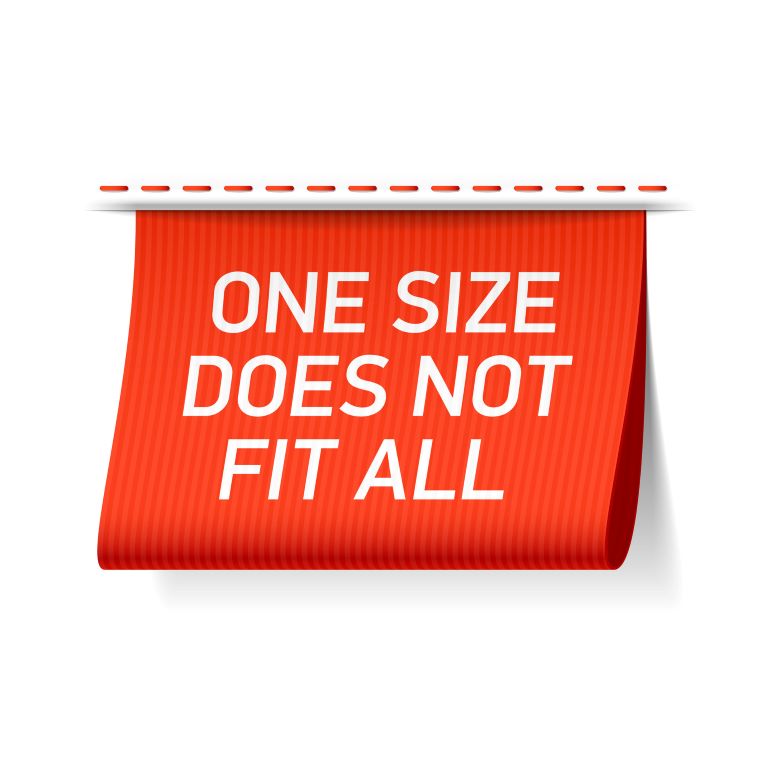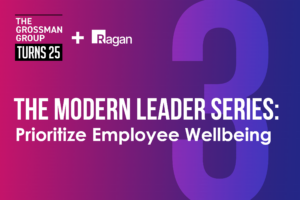5 fatal flaws of wellness programs
Your efforts will flail if you fail to communicate the ‘why,’ try to do too much, or lack clearly defined goals.

Employee wellness programs have become all the rage recently, with companies leveraging them as competitive differentiators for hiring and recruiting.
Of course, organizations are also motivated by lower health care costs and the fact that healthier employees perform better. The problem many organizations run into, however, is that merely offering programs is not enough. While the program itself may be top-notch, getting people to participate and engage with the offerings is a much bigger obstacle. Why?
First, you’re asking people to change deep-rooted behaviors, some of which have been lifelong habits, and that’s extremely hard. Second, while everyone would agree that being healthier is important, results don’t always happen right away, and in our instant-gratification society, striving toward long-term goals can be tough for some people.
There’s also the issue of measurement. Choosing the right metrics to track progress can be tricky, because you want to measure meaningful data, without shaming or discouraging anyone.
But perhaps the biggest challenge is the fact that there are multiple facets to wellness. Physical, emotional, mental, social, and financial health all play into an individual’s overall well-being. It’s virtually impossible to separate them or address only specific factors, especially in the grip of an ongoing pandemic. As Mike Rude, CHRO at Option Care Health, explains:
Mental health is going to be critical in the wake of the pandemic, especially when you add in all the other issues employees are facing right now: financial stress, social upheaval, isolation, working from home while caring for family members. It’s a lot to deal with, and it all takes a toll on our physical health. Companies have to play a role in supporting the whole person, because all of these factors are inextricably tied together.
Even if your wellness programs are addressing the whole person, adoption and engagement can still be a struggle, especially if you’re not communicating effectively. Like any change initiative, driving wellness-related behavioral change requires clear and consistent communication.
Here are five reasons your program might be struggling–and ideas on how to fix your strategy.
1. You’re not communicating the “why.”
Employees want to know the reason, the strategy, and the intended benefit behind the change you’re asking for. You might have a fiscal motive for encouraging participation in your program, but that’s not likely to resonate with your audience. Instead, frame the “why” in terms of how it will benefit the employee.
For example, explain how participating in yoga or meditation at lunchtime can help people feel less frazzled during their family time. When you explain the reason for the change in a manner that speaks to your intended audience, you’re much more likely to see better results.
2. You’re counting on a one-and-done announcement.
You likely made a big splash when you launched the program and probably made it a part of the onboarding process. But is that where the communication ends? If so, this could be a big reason you’re not seeing enough engagement.
Employees need more from communication than they often get — namely, they expect a series of messages, not a one-time announcement. And they need those messages to be timely and relevant, which no single, stand-alone message can do.
Encourage participation by sending regular reminders of opportunities, such as weekly after-work walking groups or healthy cooking classes. Communicate participant milestones and testimonials with the entire organization so everyone can see tangible results. Take a lesson from consumer marketers who know that reinforcement is the key to “stickiness.”
By maintaining ongoing communication, it keeps the program top-of-mind and encourages people to take part.
3. Your employees are overwhelmed.
Too much of a good thing can be, well, too much. I’ve seen companies with dozens or hundreds of various programs and perks, and it’s hard for employees to navigate them all and know what’s most important.
Instead, whittle it down. Promote simple offerings that are easy for employees to understand, achieve and participate in. Making the information relevant to your audience with customized communication is the only way to overcome the noise of all the communication clutter that comes their way.
4. You’ve not clearly defined goals.
The objective of your wellness program might be to reduce the number of employees with chronic health conditions to lower the cost of insurance, but you must first get people engaged. Many companies start by setting participation goals — they want X% of employees to participate in the programs — but from a communication standpoint, even that’s putting the cart before the horse.
The number of people you engage with the program is what really matters. Are you reaching your target audience? Is the message resonating with them? Even if they haven’t gone to the gym or participated in a guided meditation, do they understand what’s available and why it’s beneficial? Identifying the right metrics and using a data analytics approach can help you to better understand your employees and what works best to reach them.
Using a strategy that mixes communication data with other employee engagement data can give you clearer insights into preferences. That’s a win you can build on to drive adoption.
If you don’t define and measure communication-based goals, you’ll never know that the reason for poor participation is that your messages aren’t getting through.
5. You’ve relied on a one-size-fits-all approach.
Just like everyone isn’t going to run a 5K, email isn’t the best way to reach everyone with your wellness program messages. Not only is every employee in a different place when it comes to their physical, mental and financial well-being, they also absorb messages differently. That means your batch-and-blast emails aren’t going to get everyone’s attention.
Instead, meet people where they are both in terms of their wellness needs and their communication preferences. Tailoring messages for each individual (or targeted groups) based on topic, approach, tone, style, communication channel (video, collaboration channels, text messages, group chat, etc.), and who delivers messages will drive much greater engagement and participation.
If the last few months have taught us anything, it’s that being able to drive change and adapt quickly are crucial for business success — and sometimes even survival. However, once you learn how to target and engage employees with individualized experiences, as well as measure and iterate through a wellness program, you’ll be well-suited to implement this same strategy to meet any future change challenges.
Keith Kitani is CEO and co-founder of GuideSpark.






